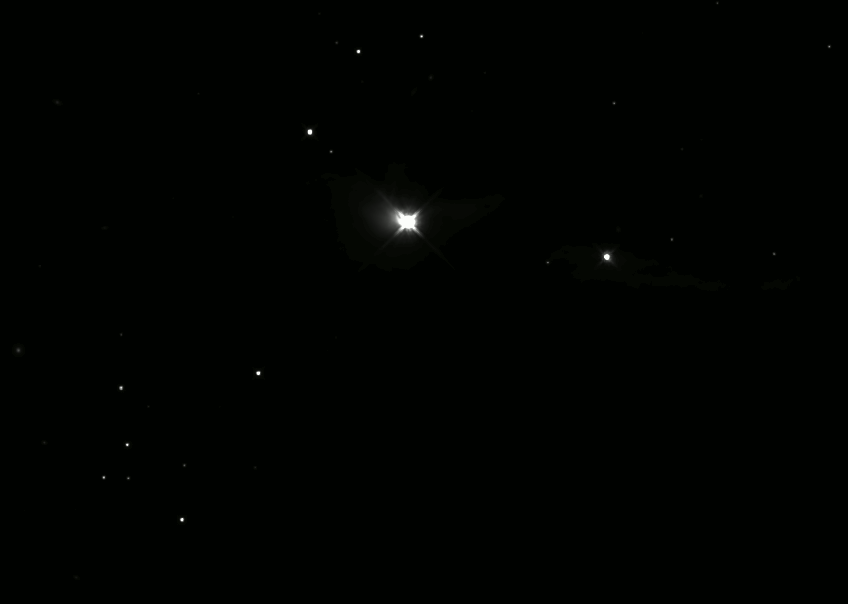Hi Russ,
Could you be a little bit more specific about what you would like advice on?
The transitions to the cores seem very abrupt to me.
Do you mean in terms of color or stellar profile?
If you mean stellar profiles, then please understand that stellar profiles are not something to "hide" with an over-exposing stretch. Stars should not bloat; stars are not little discs or blobs. They are point lights diffracted by your optics and the atmosphere. As such a good image with a good stretch should show this diffraction pattern perfectly. The image should
not further over-expose cores of stars that do not over-expose in the source dataset, and should
not show the cores of any stars that
do over-expose in the source dataset "bleed" into neighbouring pixels. E.g. a good stretch only does this;
E.g. it perfectly brightens parts that were not visible before. It does not change the appearance or "size" of stars or their cores.
I'm having a hard time leaving Curves behind. It's such a useful tool in making final tweaks to the tone curve.
Bezier curve manipulation is a very archaic and sub-optimal way of
establishing a baseline global stretch. Leaving these tools behind (particularly as a means to "tweak" your image) is crucial if you want to make the most of your signal.
I'm saying "
establishing a baseline global stretch", because such a stretch should only serve as a
starting point for further
local dynamic range manipulation. Doing
further global stretching-base tweaks after local dynamic range optimisation, invalidates all your local dynamic range optimisations and all the assumptions you (and the algorithms) used to make those tweaks. Make no mistake about it; these old tools are the gateway to "tweak-upon-tweak" hell (both from a usability and signal processing/fidelity point of view) and are the most important things to unlearn asap.
ST's eninge goes through great lengths to offer you the ability to make those refinements at the most opportune time (for example, allowing you to do Decon
after stretching). Everything hinges - in terms of the decisions you make based on what you see visually, and what the algorithms measure in terms of SNR - on your baseline.
Think of image processing in StarTools as sculpting; a global stretch is like establishing the rough shape of the marble, local dynamic range manipulation is the act of defining finer and finer features (Contrast for large-to-medium local dynamic range, then HDR and Sharp for the smaller stuff). One comes before the other. Few sculptors tack on a heap of clay across their sculpture again as a final "tweak"...
I hope that makes sense!
